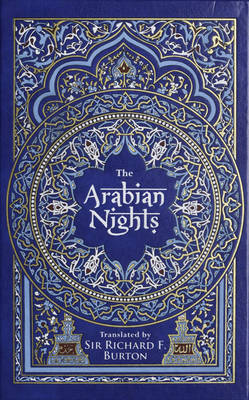A gift from my baby sister for my birthday.
I am on another book fast. Not from reading, of course. That will happen when I'm dead. But from buying books. I must read one hundred books that I already own before I can buy another single book. Josh said to me, "I guess this means your book reviews are going to be reduced to 'book good' or 'book bad'."
He's right. Which is why I decided I don't have to review all one hundred books, just read them. Be that as it may, I am going to review three books in one pop on today's post.
The Centurions by Jean Larteguy
The Centurions by Jean Larteguy was first written in 1960 and it starts with the battle of Dien Bien Phu. Larteguy describes in rich, colorful detail the agonizing experiences of the French prisoners of war. He dives into the psychology of both the French and Vietnamese cultures and through his characters attempts to explain the motives of each side. His expressive use of dialogue between the Vietnamese commander and his prisoners are especially poignant in view of the fact that this commander had been educated by the French. It was this desire to belong to the French community but to be excluded because of his race that ultimately led him and other Vietnamese to seek dignity and equality through communism.
The book carries us through the soldiers' imprisonment, ultimate release, and continues into the battle in Algiers. Larteguy provides the same explanation as to why the Muslims wanted liberation from French rule as the Vietnamese: a conviction that they would never be accepted as equals by the French. Particularly sad are the Algerian soldiers who fought side by side with the French in Vietnam who now fight against those same men, even using brutal acts of terrorism to extricate their country from a people whose culture and values they consider incompatible with their own.
While this book is worthwhile to read for its information rich storytelling, I must say I got tired of all the mindless sleeping around. It leads me to wonder if the French only believe true love can be attained by first marrying one woman and then cheating on her with another woman.
I can't help comparing this book on war to those written by Americans. American war stories focus on how many lives of their compatriots they saved. This book's thrust (no pun intended) is centered around how many women the soldiers have slept with.
Jean Larteguy (1920-2011) was a French journalist and soldier. His stories are drawn from his personal knowledge and experience as a war correspondent for Indochina, Korea, Algeria and Vietnam.
A Practical View of Christianity by William Wilberforce
A Practical View of Christianity is William Wilberforce's treatise on what exactly makes a person a Christian and contrasting it with what many people claim to be Christianity.
His main attack is against Cultural Christianity and he spares no words describing the duplicity and hypocrisy of his day by church-going people who show no respect for the authority of God as revealed through His written Word.
His arguments are highly relevant for today since there exists a profound Biblical illiteracy among too many Christians who seem to be ignorant as to how to conduct their lives in a manner that honors God.
While I determinedly plowed through this book with its original manuscript, I highly recommend reading a version with updated language. Wilberforce is extremely wordy and he takes a long time expressing his ideas, as brilliant as they are.
William Wilberforce (1759-1833)
Lucky Jim by Kingsley Amis
Finally, a little fun. Kingsley Amis has to be one of the funniest writers I've ever read. he writes about nothing at all. There's no plot to speak of, just parodies of characters who run England's highest educational institutions such as Oxford.
Poor Jim Dixon is a first year professor who is trying very hard to please his supervisor, Professor Welch who uses Jim as his personal servant, having him, in addition to writing his own lectures, doing the professor's work and research as well. Jim is afraid not to because he has no guarantee he will be hired for the next year. He does all sorts of things he'd rather not, like spend a weekend at Welch's house for a silly musical gathering.
There he meets Welch's son, Bertrand, an extremely arrogant, unpleasant person who nevertheless has an extremely pleasing girlfriend who Jim attaches himself to.
And then there's Margaret, another professor who is kinda, sorta, Jim's girlfriend, except when she's not, who thrives on romantic tension and expertly blackmails Jim emotionally so that he never can keep off edge.
The storyline weaves in and out of several characters and their back-stories like a mouse running through a maze. What makes this story so successful is Amis' genius at wordplay and sharp comedic thrusts.
Here's an example of Amis' masterful manipulation of words and concepts:
Dixon grinned to himself at 'Uncle Julius'. How marvelous it was that there should be somebody called that and somebody else to call him that, and that he himself should be present to hear one call the other that.
The effortless artistry with which Kingsly Amis allows his story to flow along an oily river of silly people saying absurd things in a delightfully witty way makes up for any lack of "profound plot".
Kingsley Amis (1922-1995)
I have now completed thirteen books. Only eighty-seven to go.



































